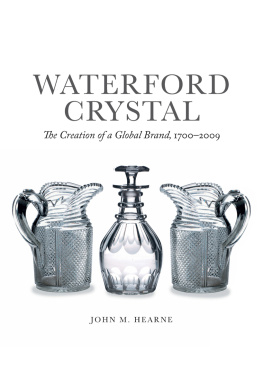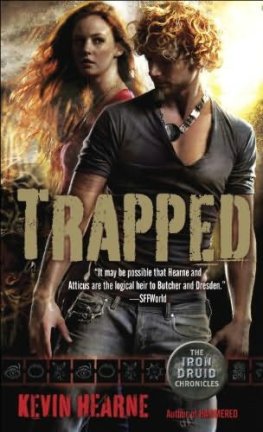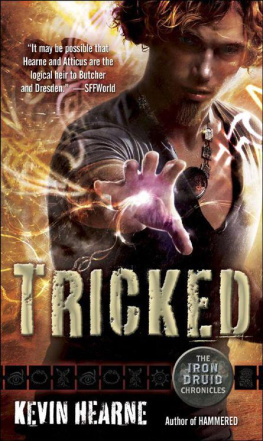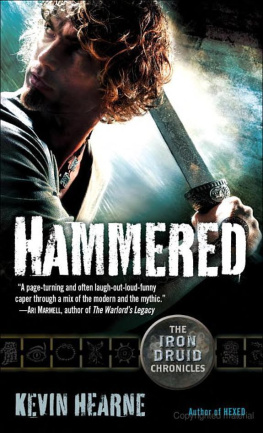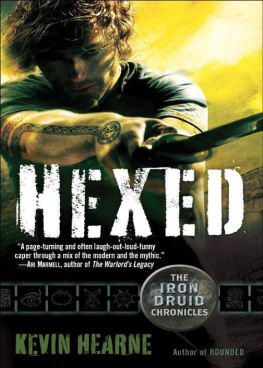
WATERFORD
CRYSTAL
First published in 2017
An imprint of Irish Academic Press
10 Georges Street
Newbridge
Co. Kildare
Ireland
www.merrionpress.ie
John M. Hearne, 2017
9781785371813 (Paperback)
9781785371905 (Limited Edition Hardback)
9781785371820 (Kindle)
9781785371837 (Epub)
9781785371844 (PDF)
British Library Cataloging in Publication Data.
Library of Congress Cataloging in Publication Data. An entry can be found on request.
All rights reserved. Without limiting the rights under copyright reserved alone, no part of this publication may be reproduced, stored in or introduced into a retrieval system, or transmitted, in any form or by any means (electronic, mechanical, photocopying, recording or otherwise) without the prior written permission of both the copyright owner and the above publisher of this book.
Design by VermillionDesign.com
Typeset in Baskerville and Bodoni
Cover design by VermillionDesign.com
Front cover/jacket: Decanter, 1804 and Jug, 1830 (Waterford Museum of Treasures).
Back cover/jacket: Romanoff chandelier, 1953 (David Cretzan).
Front flap, right: Waterford crystal harp and eagle, presented to President William J. Clinton in recognition of his contribution to the peace process in Northern Ireland (William J. Clinton Presidential Library and Museum); left: Josef Cretzan, 1961 (National Geographic Creative. Photographer: Robert F. Sissins).
Back flap, right: Penrose decanter 1789 (Waterford Museum of Treasures);
left: Presentation of Waterford scale replica of the Statue of Liberty by Taoiseach Garret FitzGerald to President Ronald Reagan; Vice President George H. Bush and his wife, Barbara, also pictured (Waterford City Archives).

WATERFORD
CRYSTAL
The Creation of a Global Brand
17002009
John M. Hearne

For Dylan Alva and Zoe
If any one faculty of our nature may be called more
wonderful than the rest, I do think it is memory.
Jane Austen, Mansfield Park.
CONTENTS

FOREWORD

Waterford City has a proud history of industrial design, invention and creativity. In common with many of its European peers, its history of commerce is bounded by its trading ability and access to international networks. One part of Waterfords traditional industrial heritage, which is alive and well today, is its tradition of crystal making, almost exclusively associated, due to its dominance, with Waterford Crystal. Indeed, some would argue that its importance was, and perhaps still is, reflective of the very culture of the place: the fortunes of the city, especially in the last century, were made in Waterford Crystal. The city had become eponymous with the brand, becoming known as the crystal city. Dr John M. Hearne is our foremost historian of crystal and with this book has provided the first comprehensive or baseline study of the history of the business of Waterford Crystal from 1700 to 2009. It is an immense contribution to Irish scholarship in business and social history and is a result of a long-term research passion and dedication. Over the last thirty years, John has become an international expert on Waterford Crystal, and this book provides future scholars with benchmark data on which to start new studies and, for the general reader, insights into how the evolution of a business can affect and shape local and national identity. In my view not enough of our national conversation focuses on business history and how this also informs and fashions our society.
Dr Hearne masterfully interweaves the almost mythical historical powerhouses of the company with the craftspeople whom, without question, created and maintained, to today, a brand that is synonymous with the highest of quality. This layering gives us a socio-technical perspective of the businesss history a view of a unique glassmaking community in Ireland. While the family and corporate names associated with the company are the stuff of legend and debate such as Penrose, Gatchell, Fitzpatrick, McGrath, Griffin, OReilly, Waterford Crystal PLC the names of glassmakers, cutters, designers and technical innovators are paralleled at every stage in this work, some of whom are lesser known and others whom are part of the rich cultural legacy, for example, Baik, Havel, Kennedy, Wall, Hayes, Cretzan, Plattner and Carelli. The quality of the work of the craftspeople behind the brand is beautifully illustrated in the book, which also acts as a photographic record of advanced skill. Indeed, a major contribution to this skill and to the quality of the product was by workers from outside Ireland who became embedded in the local community. The snapshots on the lives and backgrounds of the people behind the glassmaking community in Waterford are one of the joys of reading this book.
The history of Waterford Crystal is founded in people and place but is of national and international in significance. Dr Hearnes book is replete with numbers and customer stories which demonstrate the contribution and impact of Waterford Crystal to Ireland and its international reputation over the centuries. How the Waterford Crystal bowl became an annual symbol of the friendship between Ireland and the United States of America in 1953 is one of my favourites. Part of the companys survival, revival(s) and success lay in its effort to distinguish itself as a quality producer and, with this, the building of a global brand reputation. From its early days it was in demand by famous people, politicians, and those who knew style and quality. In its initial years it easily replaced imports and became a huge exporter, and in the 1970s was a significant contributor to Irelands importexport balance sheet. The development of the company from the 1950s onwards was an important part of Irelands indigenous industrial development policy and the government and its agencies, including Waterford Corporation, were part of its success. An indicator of this importance was its ability to recruit Sen Lemass to its board a month after his resignation as Taoiseach in November 1966. The book does a great job of recalling how Waterford Crystal in the twentieth century was not just one of the most important Irish companies but was a symbol of national pride and of its ability to build an industrial base as a new nation.
Every Waterfordian has a Crystal story. Many of these in recent times may be of its economic decline and who is to blame for same. Indeed, Dr Hearnes analysis provides stark data on the latter whether one agrees with his conclusions or not. The wider glassmaking community which developed the companys legacy over the centuries is perceived by many to have slowly unravelled since the 1980s, and many of the consequences of the companys collapse in 2009 make for chilling reading, especially, the problems in the pension fund. As with many parts of this book, even in its contemporary history, there are so many avenues for wider research into nearly every aspect of corporate, worker, and community relations that it adds significantly to our understanding of the evolution of commerce and community in Ireland. There is definitely something special about Waterford Crystal. The commitment of its many cast of characters to its quality sustained it through many difficult periods and has ushered in a new period of success. Its current owners are a Finish company, Fiskars, which appears to have major plans for its future. People and place can do special things and have created the iconic product and brand that is Waterford Crystal. I might leave the final word to the Sunday Times newspaper piece, quoted in the book, from 1966 on its recommendation to buy the shares in the newly created public company: old Waterford was often handled as fondly as Ming or Meissen. This book brings to life the magic of the history of a great global brand created by the people and place of Waterford.
Next page
